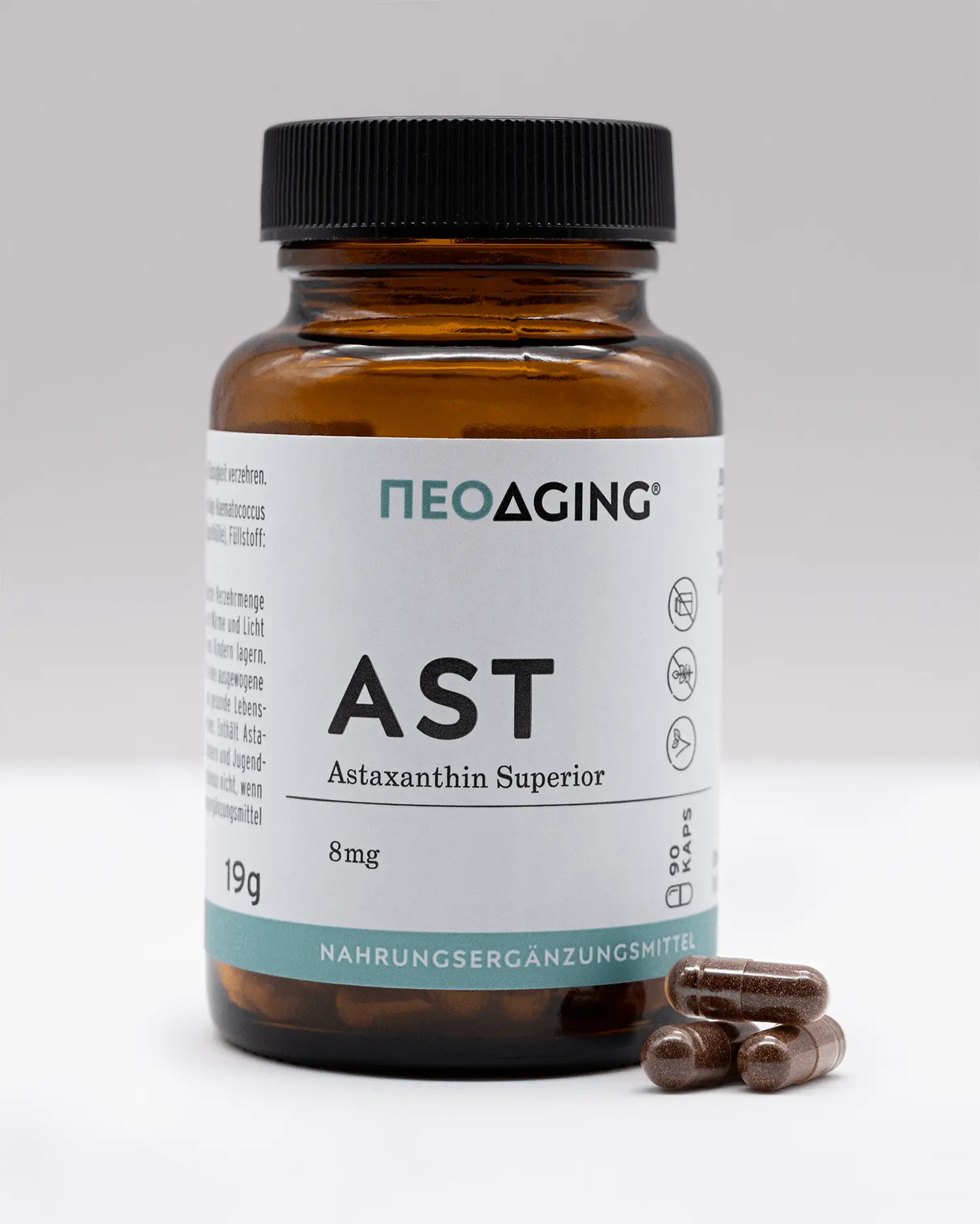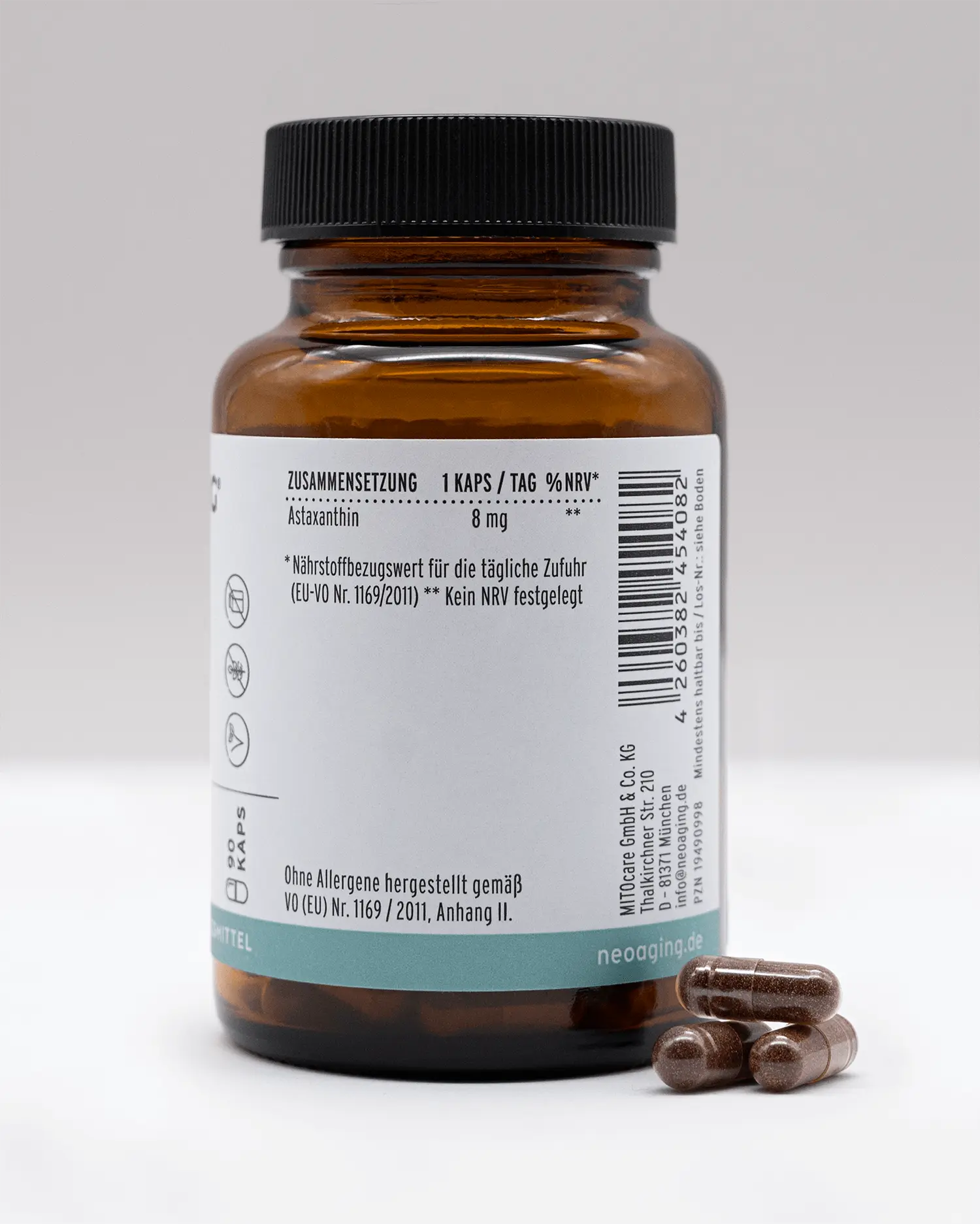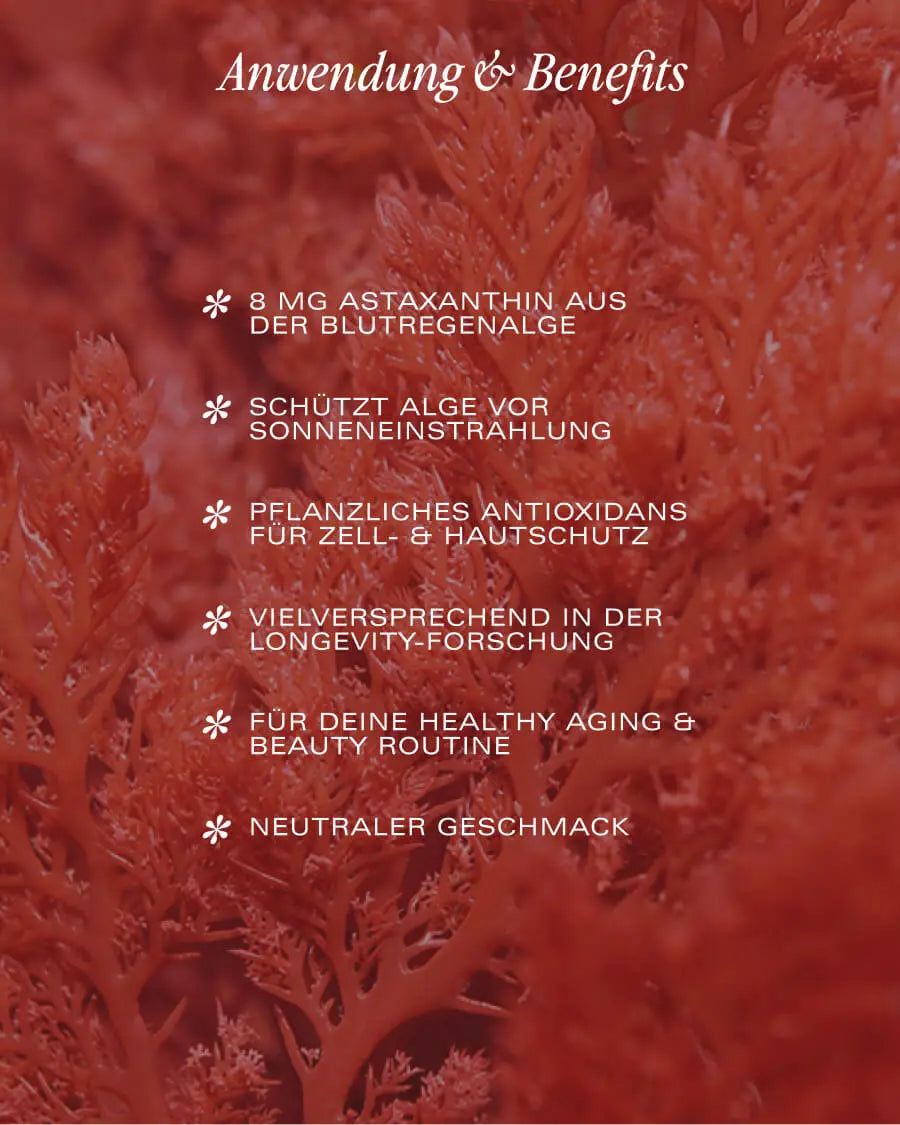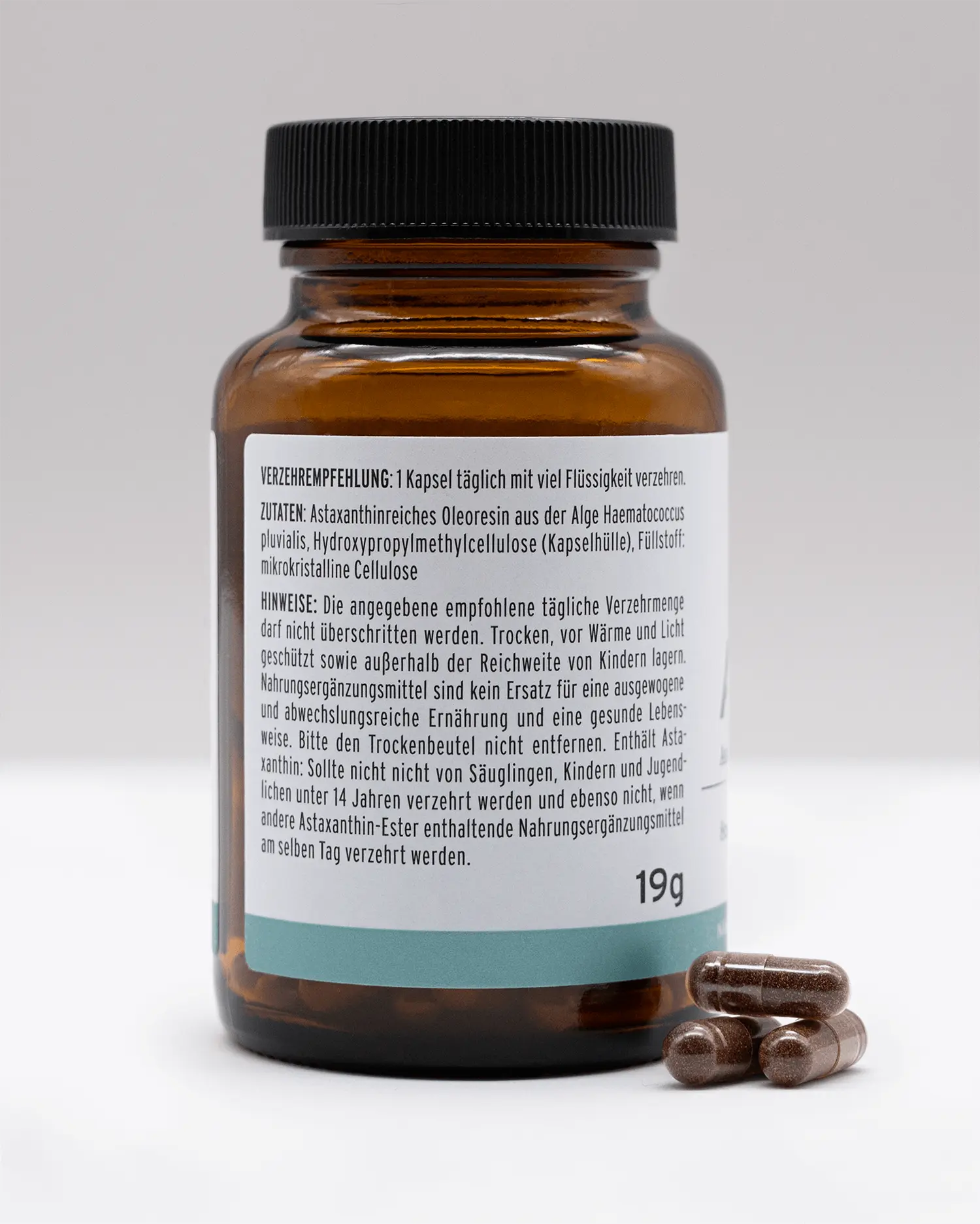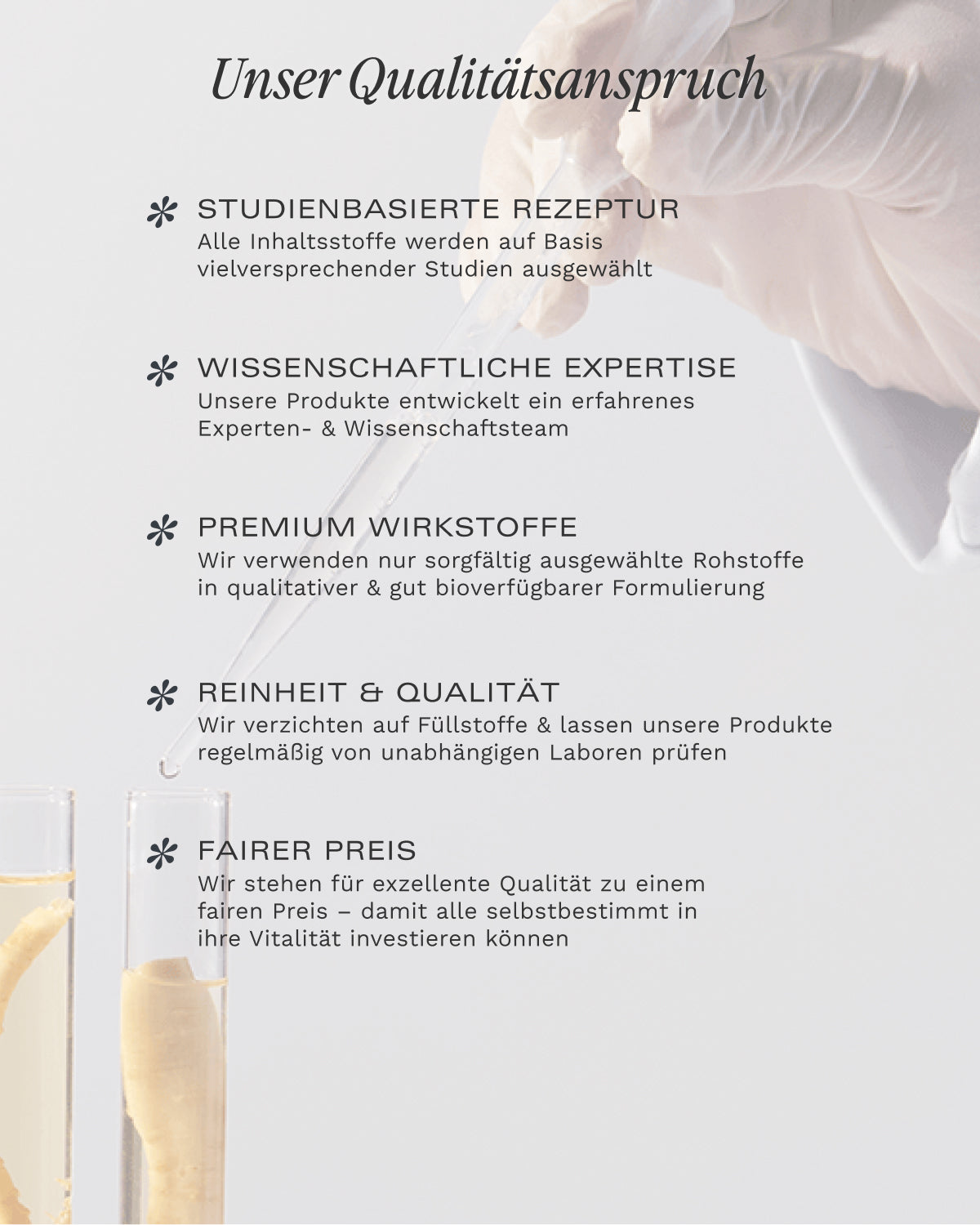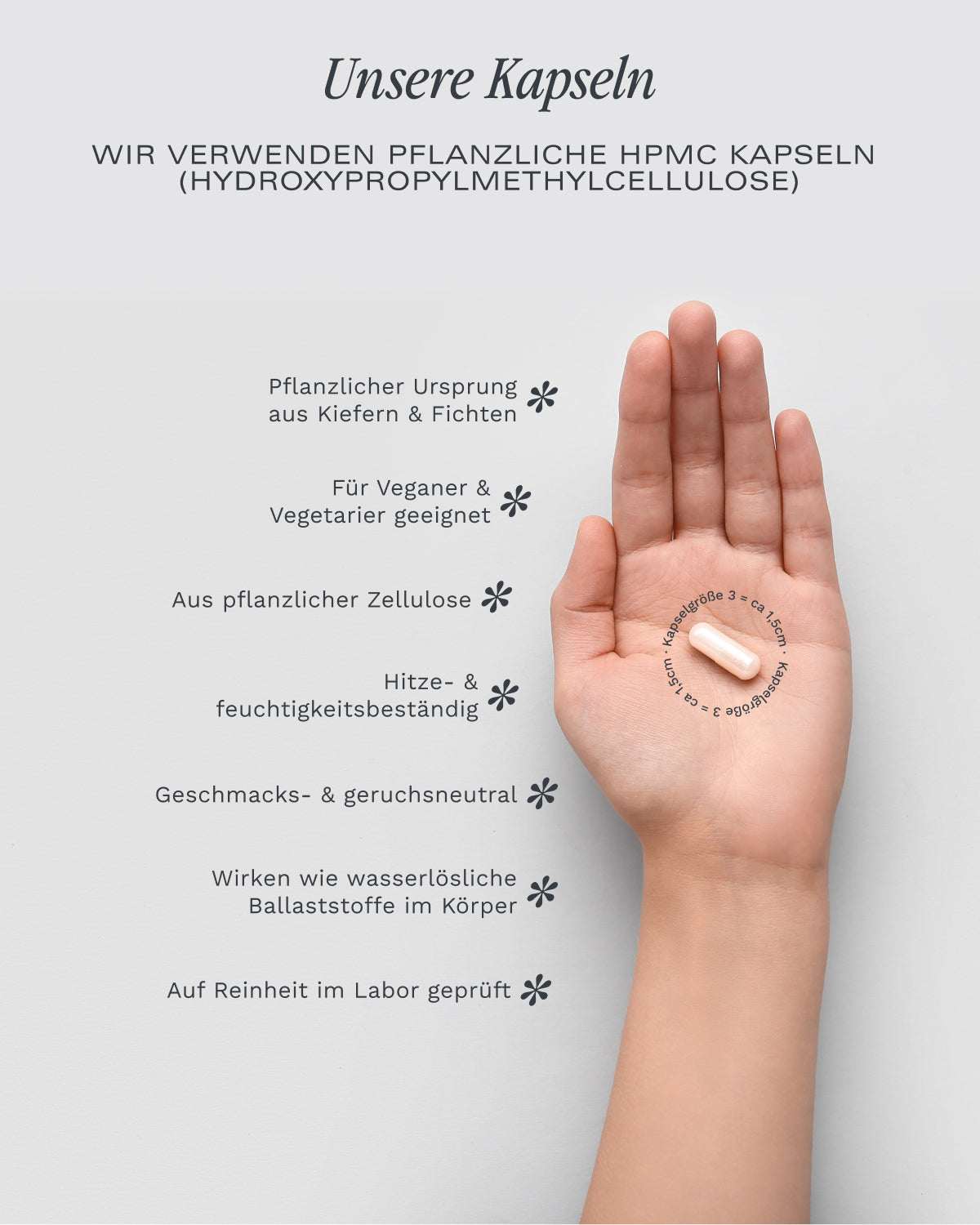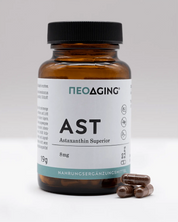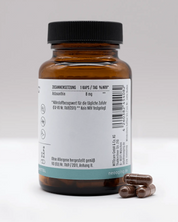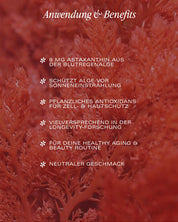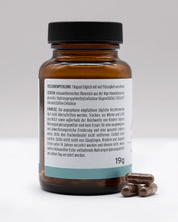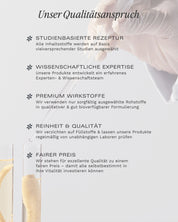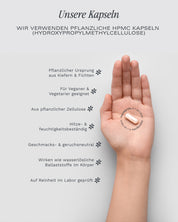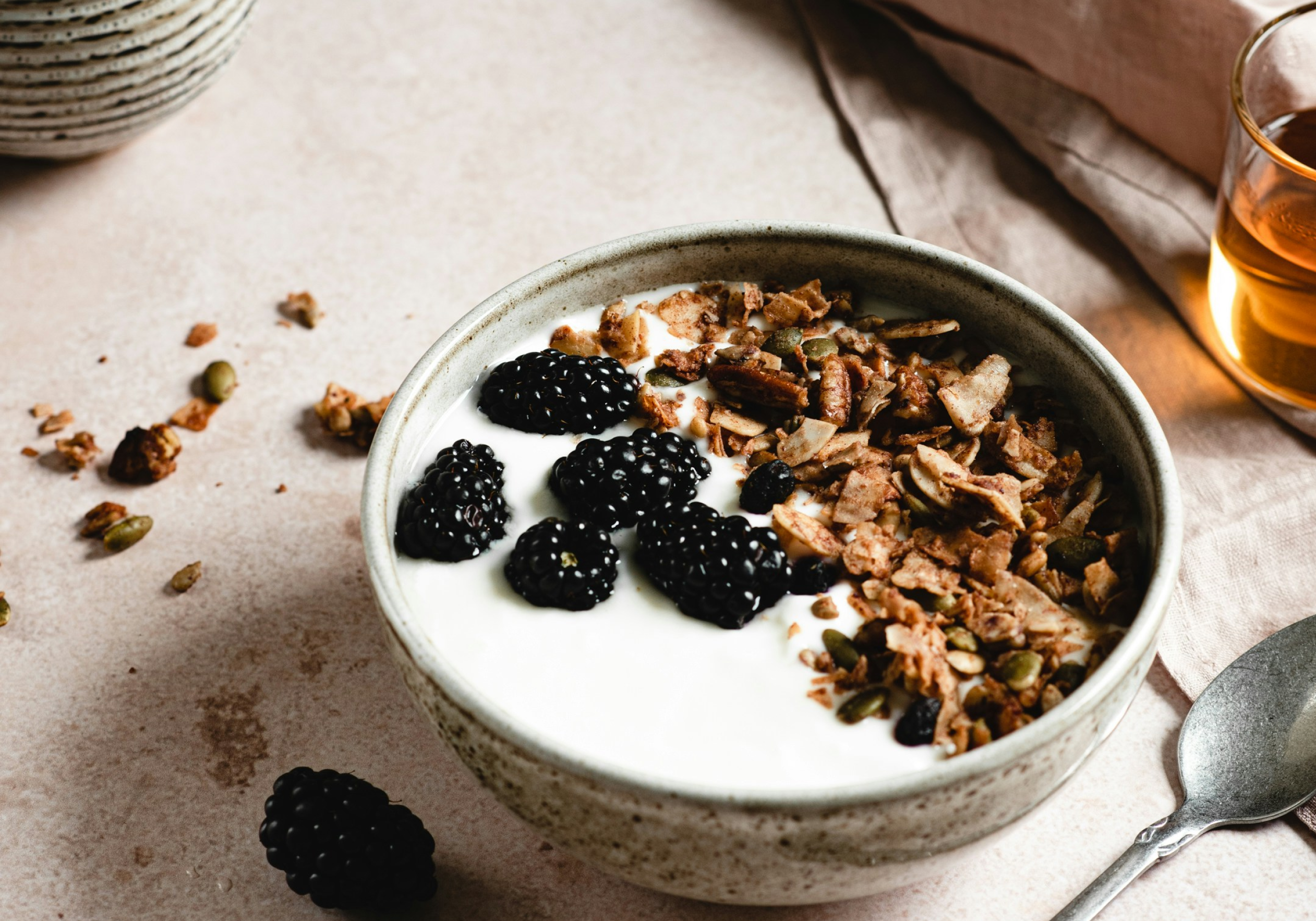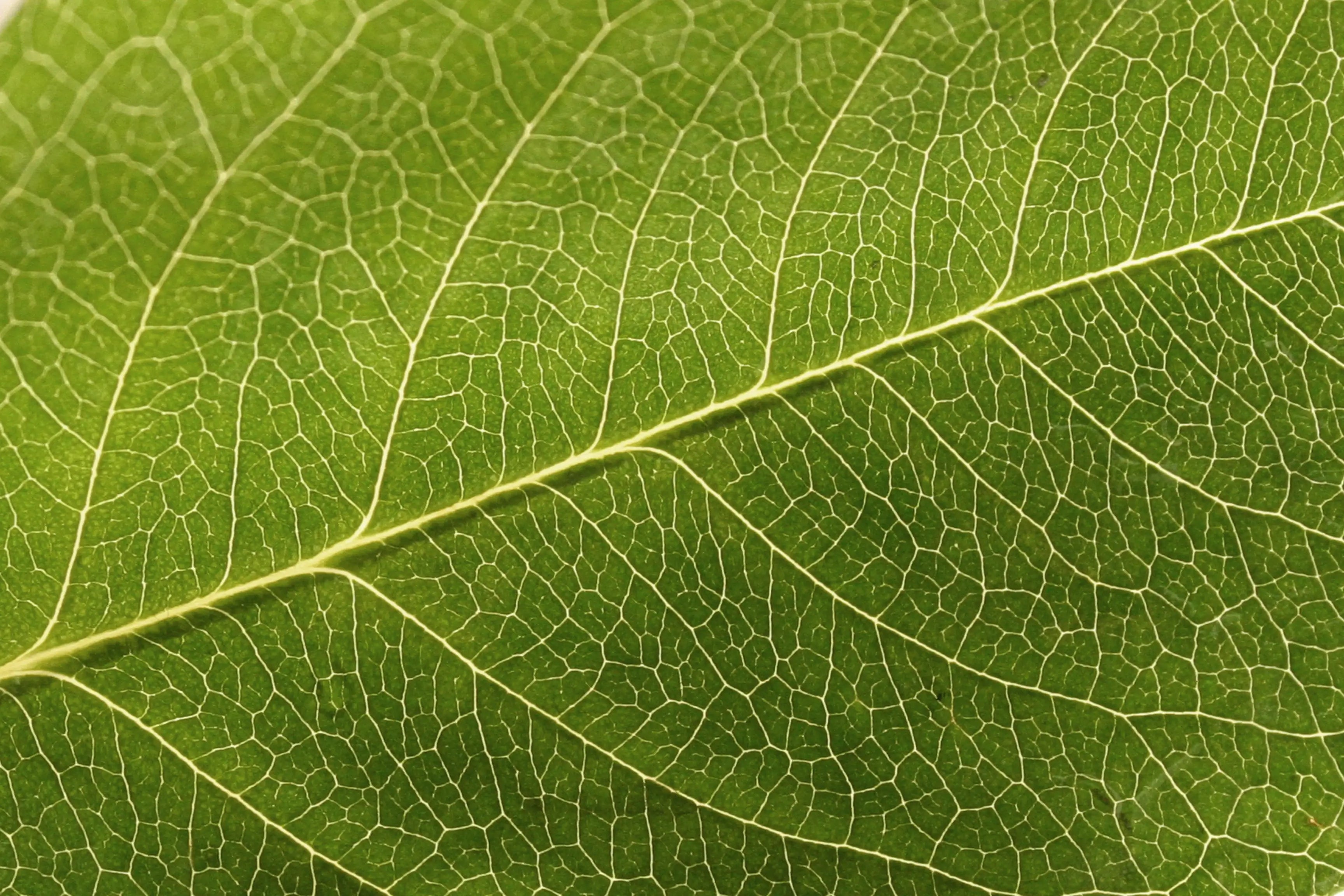How much astaxanthin do you need daily?
Now you might be wondering: That all sounds good—but how much astaxanthin do you need to take to achieve these effects? Most human studies used doses in the range of 2 to 6 mg per day . Positive skin-related results have been observed, particularly with 4 mg or 6 mg daily . For example, the sunburn protection experiment produced positive results with 4 mg daily, while other studies often used 6 mg per day. One review emphasized that as little as 3–6 mg per day may be sufficient to achieve skin benefits.
Practical tips for use
Many dietary supplements on the market therefore fall into this range – standard capsules often contain 4, 6, or 8 mg of astaxanthin. There are also products with higher dosages, usually aimed at athletes, but more is probably not necessarily better . Since astaxanthin is fat-soluble, it's best to take it with a meal containing some fat for optimal absorption. If you want additional protection during sun-intensive months, increasing the dosage to 8 mg could be considered – but always with caution and after individual consultation.
Is astaxanthin safe and healthy?
With all these benefits, the question of safety naturally arises. The good news: Astaxanthin is considered to be very well tolerated . Studies have shown no serious side effects, even at higher doses of up to 12 mg or more per day . ¹² A comprehensive safety review evaluating numerous human studies found no health concerns associated with natural astaxanthin—and this across a wide range of doses.
Possible side effects and information
Some reports suggest that with very high, long-term intake, the skin may take on a slightly orange hue—similar to carrots (beta-carotene). However, this effect is rare and only occurs with extreme amounts. If you are allergic to shellfish, be aware that naturally derived astaxanthin often comes from algae or krill, which may occasionally contain traces of allergenic proteins. In such cases, you should use specially purified supplements or consult your doctor. As with all dietary supplements, caution is advised during pregnancy, as there is less data available.
Further positive effects at a glance
In addition to its skin benefits, there is evidence that astaxanthin also has anti-inflammatory properties, supports eye health, and promotes muscle recovery.¹³'¹⁴ These complementary effects make astaxanthin a versatile ally for overall health—but for our focus on skin and sun protection, targeted, internal protection is paramount.
The interactions of astaxanthin
Interactions with other substances and medications
Astaxanthin is not only a powerful antioxidant, but also a great team player. When combined with omega-3 fatty acids, it has an even stronger effect on skin health. Omega-3 fatty acids are known for their anti-inflammatory properties and their ability to improve skin hydration. Together with astaxanthin, they can enhance the vascular-protective effects of omega-3 fatty acids and protect the skin from oxidative stress.
Combining it with vitamin C and other antioxidants can also further improve skin health. Vitamin C is a powerful antioxidant that stimulates collagen production and protects the skin from free radicals. Astaxanthin can enhance the effects of vitamin C, thus providing comprehensive protection. However, it is important not to take astaxanthin with other medications without consulting a doctor, as interactions may occur.
The future of astaxanthin
Potentials & future research directions
Astaxanthin has enormous potential in medical research and could play an even greater role in the future. As a natural UV protectant, it can shield the skin from the harmful effects of the sun and improve skin health. Its antioxidant properties make it a valuable ally in the fight against free radicals, which are responsible for many skin problems.
There is also promising research into the potential effects of astaxanthin in treating skin conditions such as acne and psoriasis. Initial studies suggest that astaxanthin has anti-inflammatory effects and strengthens the skin barrier, which could be helpful in treating these conditions. However, further research is needed to better understand the exact mechanisms of action and the full potential of astaxanthin.
Astaxanthin is a fascinating natural substance with a wide range of applications. With further research, we could learn even more about its positive effects on skin and general health in the future.
Final conclusion
Astaxanthin is one of the most exciting natural substances when it comes to protecting and maintaining the health of your skin . Especially during the sunny season, when UV radiation not only causes sunburn but also premature skin aging, astaxanthin offers additional protection from within . It has antioxidant and anti-inflammatory properties, improves skin hydration, and strengthens cell membranes—properties that together help make your skin more resistant to UV damage. However, that doesn't mean you can neglect your external sun protection. Astaxanthin is not a replacement for classic sunscreen, but rather a complementary component that provides additional support for your skin. Regular intake of around 4–6 mg daily can help protect the skin from within and counteract the visible signs of photoaging.
So, if you're looking for a natural way to support your skin during the summer months—and perhaps even reduce some of the signs of aging—astaxanthin could be an exciting addition to your health routine.
Important NOTE
This information does not constitute medical advice and should not be construed as such. Please consult your physician before taking any dietary supplements or changing your current medical treatment.


